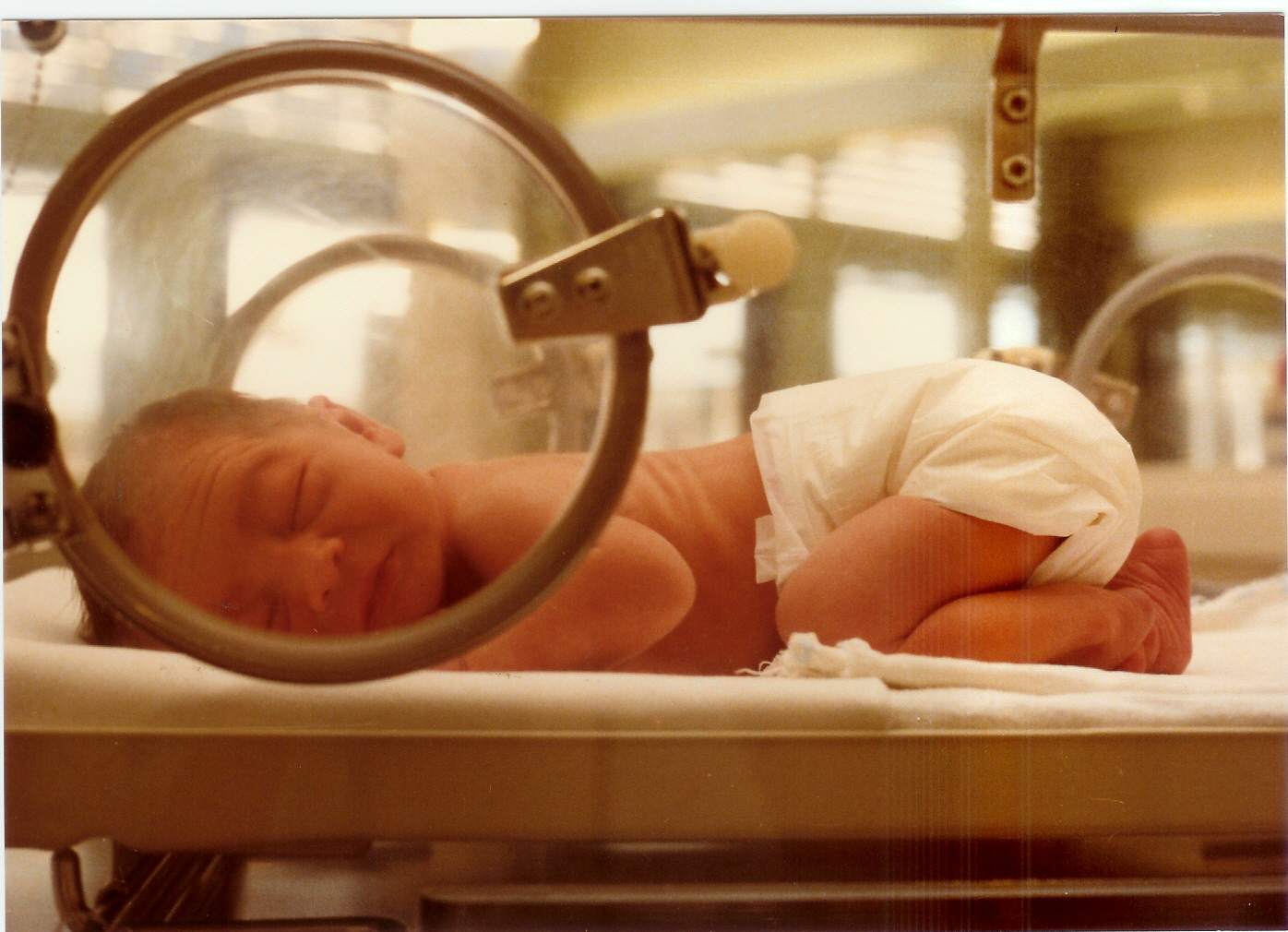Your baby has different levels of sleeping and waking called “states”. How your baby responds to sights, sounds, and touch will depend on their state. It is important to learn about your baby's different sleep and wake cycles, so that you know when it is best let them sleep, and when they can be woken up.
Your baby's brain and body develop during their sleeping hours, which helps them grow and recover. As your baby matures, they will have longer waking periods, and be calmer. Eventually, they will be at a stage where they will benefit most from your interaction with them.
Sleep States:
- Deep Sleep
- During deep sleep, your baby’s:
- Breathing is even and steady
- Face is relaxed
- Arms and legs are still
- During deep sleep, your baby’s body and brain grow
- During deep sleep, your baby’s:
- Light Sleep
- During light sleep, your baby(’s):
- Breathing is uneven, they may pause between breaths
- Arms and legs may have small movements
- May startle, wiggle, and suck
- Face may look tense (like they are frowning)
- Your baby spends most of their time in light sleep
- Your baby’s sleep cycle lasts for about 1 hour. Less than ¼ of this time is spent in deep sleep.
- You can help your baby sleep longer by
- Lowering the noise and light around them
- Keeping their arms and legs tucked close to them
- During light sleep, your baby(’s):
- Drowsy
- When your baby is drowsy, they may:
- Open and close their eyes
- Smile or frown
- Move their arms and legs
- You can:
- Wait to see if they wake up fully or go back to sleep
- If you want to wake them from sleep, this is the best time to do so
- Wake them gently and slowly by talking to them quietly and placing your hand on their back
- When your baby is drowsy, they may:
à
Jacoplane in NICU. (Jaap Vermeulen, Wikicommons cc)
Awake States:
- Your baby uses most of their energy to breathe, grow and recover, which leaves them little energy for being awake and alert. Their awake states are called quiet alert and active alert. Each baby begins their quiet alert time when they are ready. This is often at around 32 weeks mature, and at first these times will be brief.
- During awake time, your baby’s:
- Face may be bright
- Eyes may focus on people and things
- Arms and legs are often still
- During this time, you can:
- Touch or talk to them
- Watch their cues
- Look at them face to face (about 6-10 inches away)
Reference:
B.C. Children's Hospital. (1998). Sleeping and Waking.